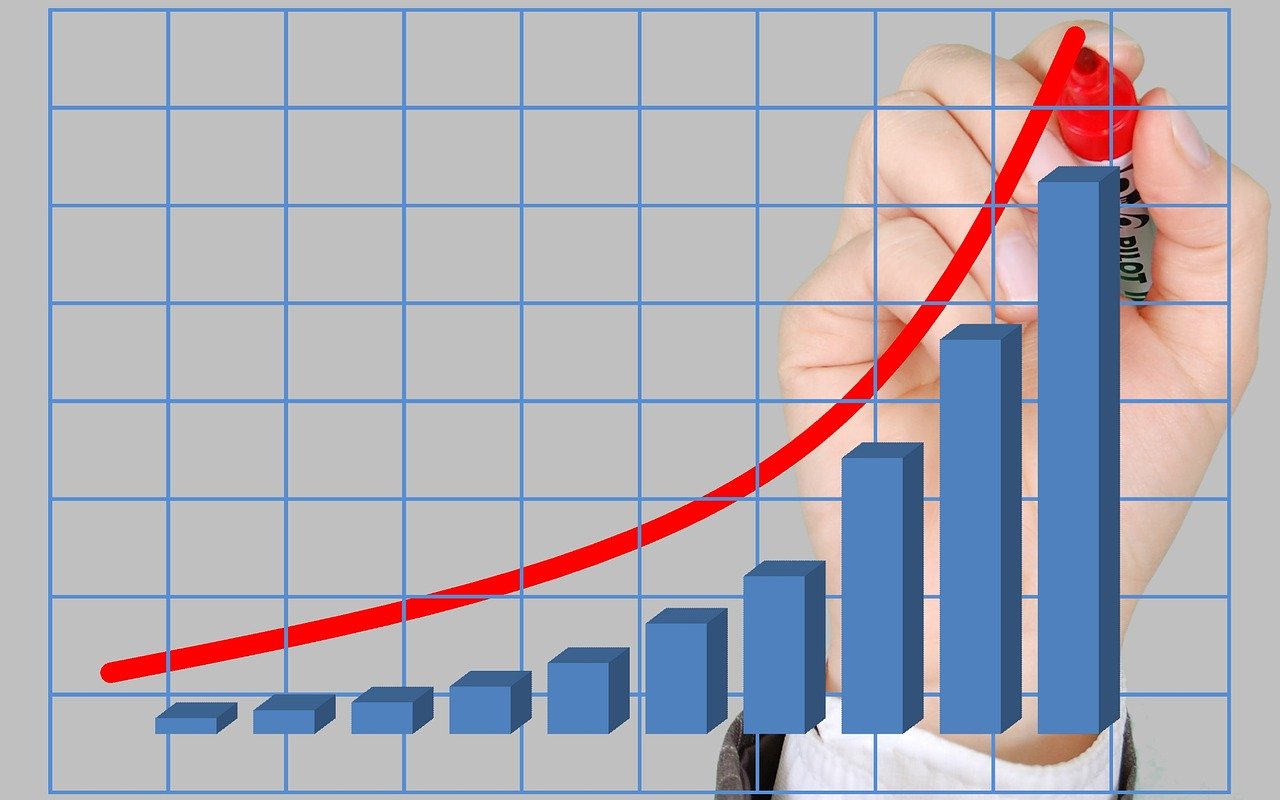Although the net disposable income of Austrians rose by 10.9 percent in nominal terms to 250.3 billion euros last year, it only increased by 3.3 percent in real terms. Due to high inflation, the financial assets of private households have also lost significant value in real terms, according to calculations by the National Bank, namely by 10 percent in 2022 and by another 7 percent in the first half of 2023.
“High inflation and limited potential returns on savings products recently caused households to lose wealth in real terms,” Johannes Turner, director of the Statistics Department at the OeNB, said at a press conference on Friday. After nominal financial assets fell to EUR 822 billion in 2022 from EUR 844 billion in 2021, they rose somewhat again to EUR 838 billion in the first half of 2023. “However, if you look at the whole thing in real terms and base it on inflation and convert from nominal to real, you have a financial asset loss of 10 percent in 2022 and already another 7 percent in the first half of 2023.”
About 91 percent (229 billion euros) of income was spent on consumption. “Consumption has reached a record high, making it a key supporting factor for the economy,” said National Bank Deputy Governor Gottfried Haber. “The savings rate has declined to 9.2 percent, more or less back to pre-pandemic levels.”
Lower growth rates for income (7.4 percent) and consumption (8.2 percent) are expected this year, and the savings rate will fall to 7.9 percent.
At EUR 17.5 billion, households will invest significantly less in financial investments than in 2021 (EUR 22.3 billion) or 2020 (EUR 27.4 billion). The trend toward increased securities purchases, which has been noticeable for around two years, continued in 2022 and the first half of 2023 with investments of EUR 9.8 billion (+12 percent compared with 2021) and EUR 7.2 billion, respectively. Interest-bearing securities were in particular demand, with purchases totalling EUR 6.25 billion over the past four quarters, dominated by domestic securities, particularly bank bonds. At the end of June 2023, households held securities worth EUR 157 billion, accounting for 19 percent of total assets.
The total volume of loans outstanding to households fell from EUR 222.1 billion at the end of 2022 to EUR 220.3 billion in June 2023; due to higher interest rates, new lending fell significantly. Housing loans account for the largest share of the loan portfolio, at 60 to 70 percent.
This post has already been read 1912 times!



